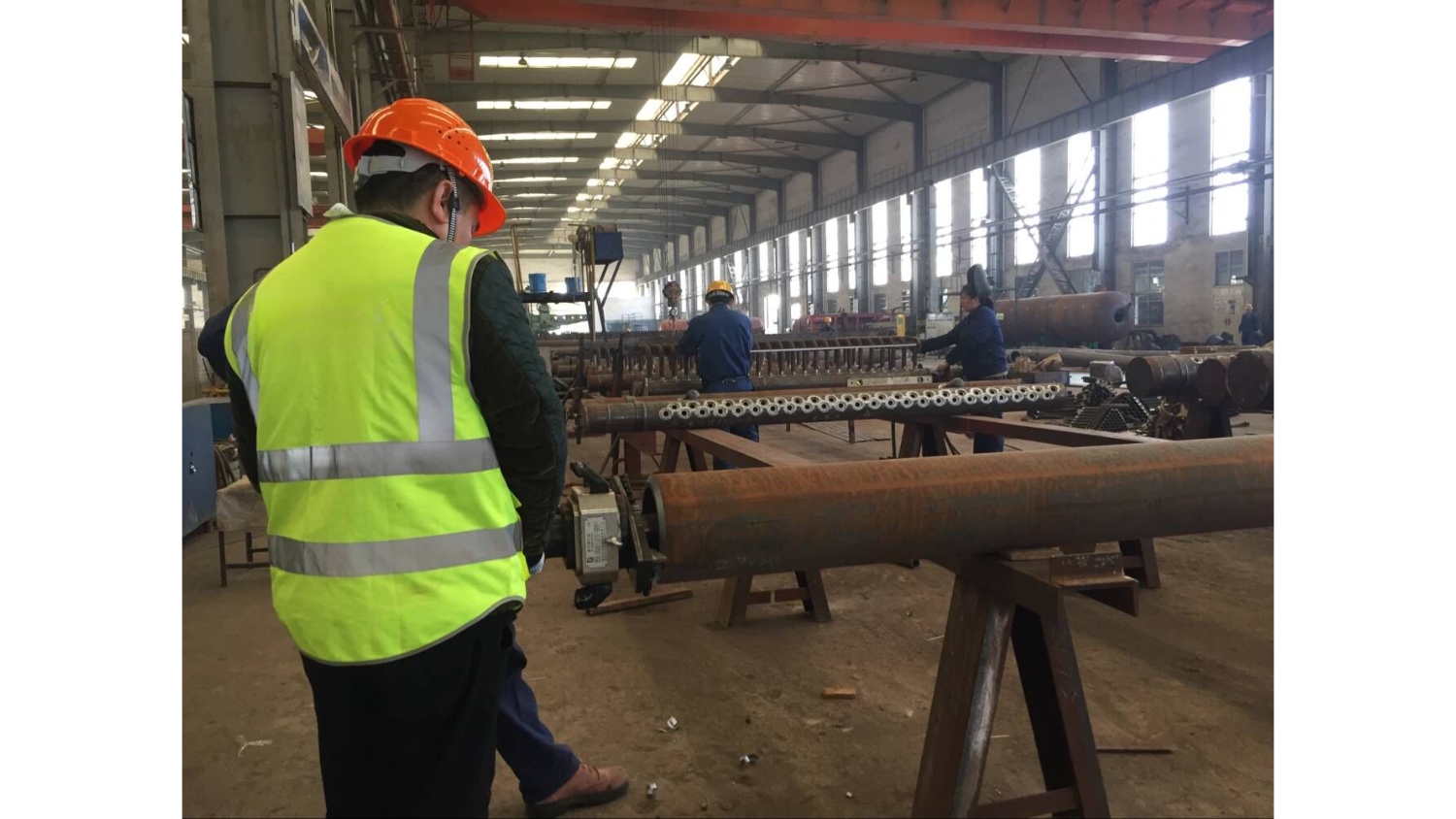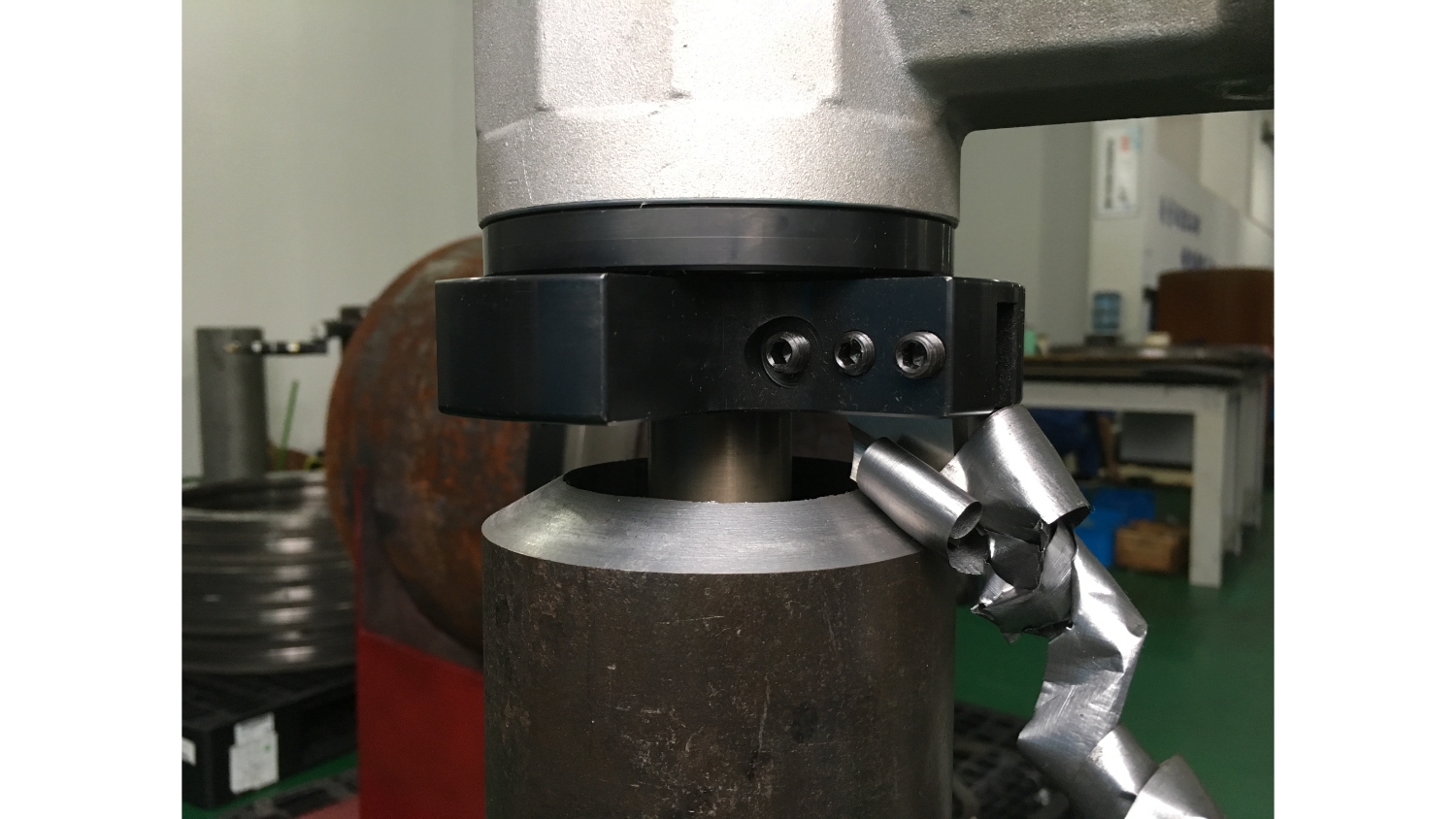
In modern industrial production, beveling machines, as an important welding auxiliary equipment, are widely used in the fields of metal processing and structural manufacturing. The main function of a beveling machine is to process the edge of a metal workpiece to form a bevel shape suitable for welding, thereby improving welding quality and efficiency. Next, we will explore the working principle of the beveling machine, the precautions for on-site operations, and its advantages in practical applications.
Before officially starting the operation, it is necessary to thoroughly inspect the beveling machine on site to ensure that there is no sign of damage to the machine body and whether the parts are intact. At the same time, screen the electrical system to determine that the beveling machine has no exposed wires or loose connections. Through a series of meticulous inspections before operation, avoid risks and avoid safety hazards.

After completing the inspection, it is time to adjust the parameters. According to the type of material, the thickness of the workpiece, and the bevel angle required for welding, carefully set the appropriate value on the control panel of the machine. When processing thick steel plates, a greater cutting depth and slower speed may be required. Place the prepared workpiece firmly on the workbench and use a clamp or fixture to firmly fix it in place, otherwise any movement of the workpiece during the cutting process may result in inaccurate beveling.
Choose the right cutting tool according to the workpiece material. Install the tool accurately and ensure it is firmly connected. After installing the tool, start the beveling machine and let it idle for a short while to check if there is any abnormal vibration or noise. During operation, closely monitor the cutting process, pay attention to the feed rate, and ensure smooth cutting. Regularly measure the beveled edge with a precision measuring tool to ensure that it meets the required specifications.

After the operation is completed, turn off the beveling machine and wait for the tool to come to a complete stop. Then, carefully remove the workpiece and thoroughly clean the machine to remove any metal chips and debris to keep it in good working condition for future use.
The application of beveling machines in on-site operations not only improves welding quality and efficiency, but also brings significant economic benefits to the metal processing industry. Through reasonable operation and maintenance, beveling machines can exert their maximum effectiveness in various complex working environments. With the continuous advancement of technology, the functions and performance of beveling machines will be further improved, providing stronger support for industrial production.